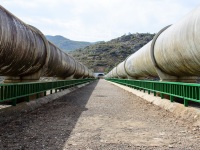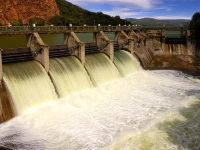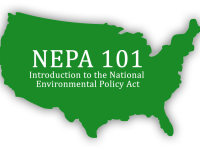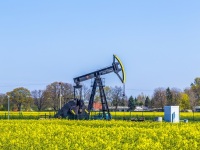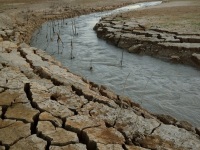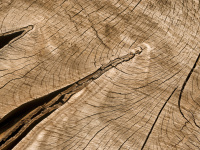The study of birds, their biology and habits, habitats and evolution and a multitude of other aspects of birds, has a long tradition within the discipline of zoology. There are no degrees in ornithology and most come to the study of birds through a BS/BSc in zoology. Most research-based jobs require at least a Masters…
Read more
Introduction to Ornithology


